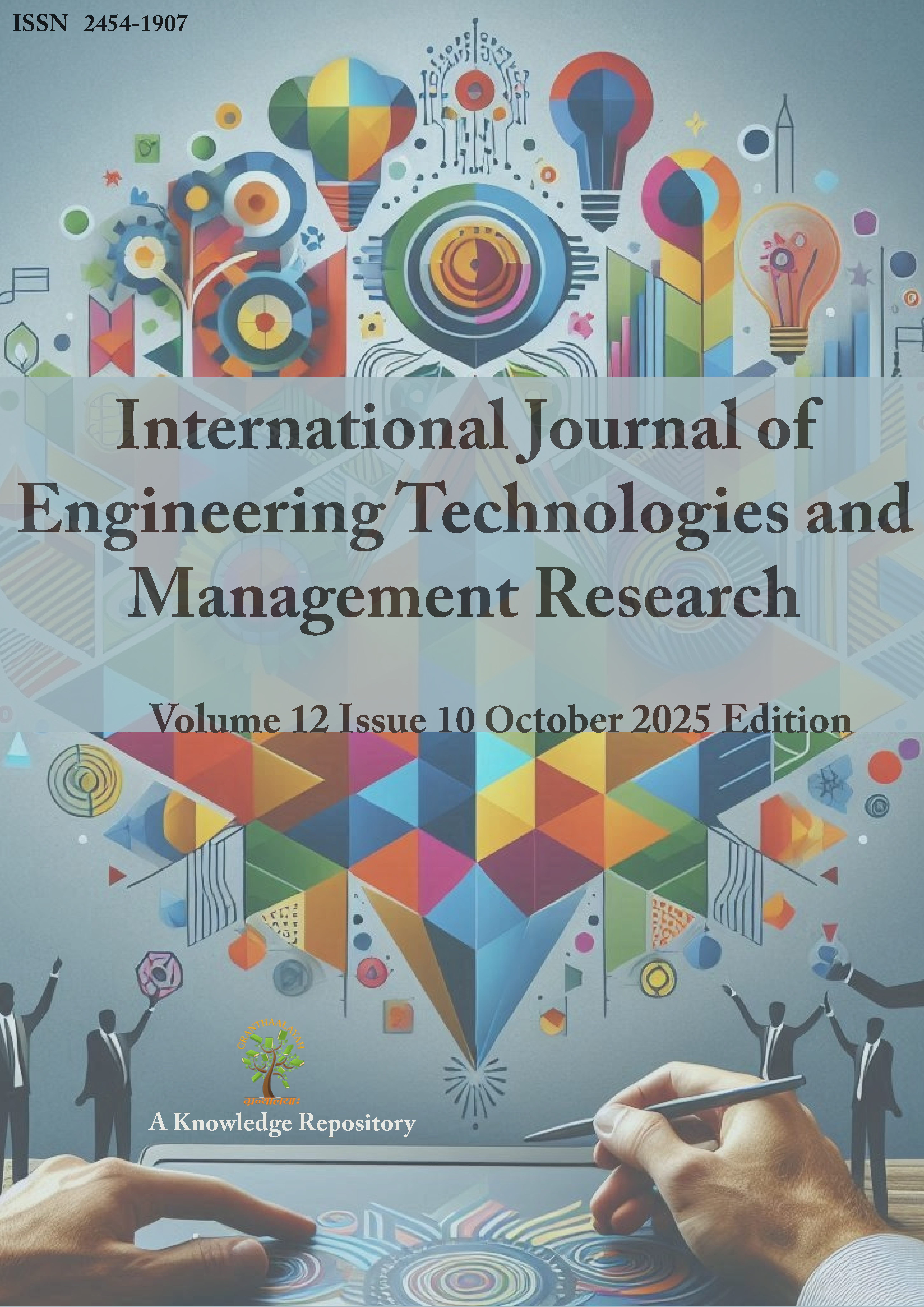HYBRID PWA NAVIGATION SYSTEM FOR COLLEGE CAMPUSES
DOI:
https://doi.org/10.29121/ijetmr.v12.i10.2025.1683Keywords:
Hybrid Navigation System, Progressive Web Application (PWA), Indoor Positioning System (IPS), Outdoor Navigation (GPS), Wi-Fi Fingerprinting, Crowd-Aware Routing, Smart Campus Applications, Seamless Indoor-Outdoor Localization, User-Centric NavigationAbstract
In our college we have seen that big campuses are often confusing to move around, specially for new students, visitors and also for people who are differently abled. Normal GPS apps are fine for outdoor navigation but they don't really work when it comes to inside the buildings and complex routes of campus. So we started working on a Hybrid Progressive Web App (PWA) system, where we combine GPS for outdoor routes along with BLE beacons, WiFi, QR codes for indoor areas. While designing, we kept focus more on accessibility like adding voice assistance and wheelchair friendly paths, also on safety with emergency exits and campus security alerts. Another part we added was context aware navigation like giving option for less crowded paths, shaded areas or well lit routes. During our testing with students we saw that the accuracy indoor was close to 1–2 meters, also it saved time and users reported better satisfaction compared to only GPS based systems. From this we believe our approach can really be used in actual campus deployment.
Downloads
References
Blessing, M. (2024). Progressive web Apps (PWAs) and their Impact on user Experience. University Press.
Leitch, S. G., Ahmed, Q. Z., Abbas, W. B., Hafeez, M., Laziridis, P. I., Sureephong, P., & Alade, T. (2023). On indoor localization using WiFi, BLE, UWB, and IMU technologies. Sensors, 23(20), 8598. https://doi.org/10.3390/s23208598
Pan, W., Yang, Y., Chen, M., Wei, D., Guo, C., & Mao, S. (2025). Fusing Bluetooth with Pedestrian Dead Reckoning: A Floor Plan-Assisted Positioning Approach. arXiv Preprint, arXiv:2504.09905.
Pierre-Yves Lajoie, Bobak Hamed Baghi, Sachini Herath, François Hogan, Xue Liu, & Gregory Dudek. (2023). PEOPLEx: PEdestrian Opportunistic Positioning Leveraging IMU, UWB, BLE and WiFi. arXiv preprint arXiv:2311.18182.
Thomas, A. J., & Kumar, S. R. (2024). A Study on Progressive web Apps: Revolutionizing user Experiences and Redefining web Applications. ShodhKosh: Journal of Visual and Performing Arts, 5(6).
Published
How to Cite
Issue
Section
License
Copyright (c) 2025 Nivedita Vibhandik, Pranav Kawale, Mayuresh Sonar, Mrunal Divate, Aditya Sonar

This work is licensed under a Creative Commons Attribution 4.0 International License.
License and Copyright Agreement
In submitting the manuscript to the journal, the authors certify that:
- They are authorized by their co-authors to enter into these arrangements.
- The work described has not been formally published before, except in the form of an abstract or as part of a published lecture, review, thesis, or overlay journal.
- That it is not under consideration for publication elsewhere.
- That its release has been approved by all the author(s) and by the responsible authorities – tacitly or explicitly – of the institutes where the work has been carried out.
- They secure the right to reproduce any material that has already been published or copyrighted elsewhere.
- They agree to the following license and copyright agreement.
Copyright
Authors who publish with International Journal of Engineering Technologies and Management Research agree to the following terms:
- Authors retain copyright and grant the journal right of first publication with the work simultaneously licensed under a Creative Commons Attribution License (CC BY-SA 4.0) that allows others to share the work with an acknowledgment of the work's authorship and initial publication in this journal.
- Authors can enter into separate, additional contractual arrangements for the non-exclusive distribution of the journal's published version of the work (e.g., post it to an institutional repository or edit it in a book), with an acknowledgment of its initial publication in this journal.
- Authors are permitted and encouraged to post their work online (e.g., in institutional repositories or on their website) before and during the submission process, as it can lead to productive exchanges, as well as earlier and greater citation of published work.
For More info, please visit CopyRight Section





















